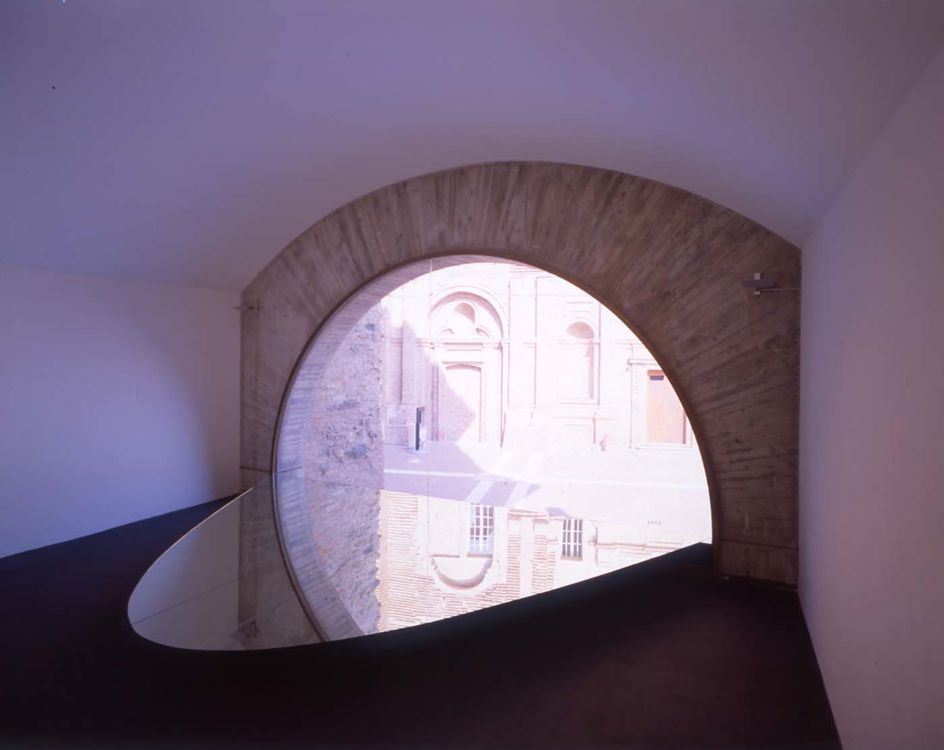Olafur Eliasson
Olafur Eliasson places viewers at the center of his artistic investigation. Stimulating the encounter between the individual and his or her subjective response, the artist addresses one of the pivotal issues of contemporary culture and celebrates the value of multiplicity and difference in interpretation, as opposed to the idea of a single meaning. Utopian and subtly revolutionary, the work of Eliasson, who is of Icelandic descent and grew up in Denmark, unites the memory of an encounter with nature and the broad realm of science and political thought. Devices constructed to re-propose the power of natural elements or to produce certain perceptual phenomena, his pieces become works of art when they encounter the viewer, and come alive by reiterating the unique and ephemeral character of that moment. Avoiding romanticism, the apparatus that enables the work to function is part of the work itself and is often based on simple technology or processes that pertain to everyday life.
As a shared experience, but tied ultimately to the individuality of each observer, the act of seeing is the object of continuous exploration on the part of the artist. Many of his works are conceived to develop in viewers the awareness of their specific visual capacities that cannot be replicated by others. A result of his encounter with the architecture of the Castello di Rivoli, Your circumspection disclosed, 1999, is, in the artist’s words, “an extension of the eye, or rather a machine for seeing.” Structured to transform the visual process into a physically negotiable experience, the installation is organized into two spaces separated by a wall pierced by a single small hole. Depending on the intensity of the natural light, the first space functions as a camera obscura, within which it is possible to see reality as an upside-down projection. Slightly perplexing, this projection appears as two different semicircular portions of the external reality, united to form the image of a circular window. Moving one’s eye to the hole, the viewer has access to a second view, within which the two halves reverse their positions.
Entering the second space, the viewer is able to physically perceive the apparatus that has created the vision. It unites the large semicircular window of the room with a mirror in the shape of a half ellipse parallel to the floor. Both the projected image and the image seen through the hole thus reveal themselves as perceptive distortions, as they are valid only from a specific perspective. Seen from close up, the mirror, like the spring of Narcissus, is ready to receive images different from those previously perceived; and for every visitor encountered, it is ready to reflect back the portrait of the one who is looking.
[MB]


